Rare Rides: The 1999 Maserati Quattroporte, and It's Pink

We’ve featured a Quattroporte at Rare Rides on two prior occasions: a beautiful first-generation model, and one in its more modern form which was reworked into a slinky wagon.
Today’s Nineties model is … neither of those things.
After the initial Quattroporte’s run as a legitimate and very early example of a super sedan, the model (like its parent company) fell on hard times. After the first generation wrapped up production in 1969, Maserati built a couple of special one-off examples for some dignitaries, then threw in the towel on sedans.
Quattroporte did not return until 1976, and when it did it was a very different sort of vehicle. The large sedan was front-drive and shared a platform with the decidedly non-sporty Citroën SM. It also borrowed its V6 engine from the Maserati Merak. Citroën was sort of out of money at the time, and the Quattroporte’s second album was around for just three model years and sold in very limited markets.
Maserati gave Quattroporte another try in 1979; a new generation developed with Alejandro de Tomaso now at the helm. The sedan was once again large, rear-drive, and V8 powered. It also shared a platform with a similar DeTomaso, the Deauville. Gen three lived for a ridiculously long time and continued in production through 1990. By that point, it was entirely outdated, and Maserati was poor again. They gave up on offering a large sedan until 1994.
The fourth-gen Quattroporte debuted that year. The new car was developed under Fiat ownership after De Tomaso sold off his stake in 1992. Fresh and modern-ish, the Quattroporte was much smaller than it had been before: a full 23 inches shorter than its predecessor. The shrinkage was down to its BiTurbo platform, which underpinned almost all Maseratis of the Nineties. The styling was penned by the legendary Gandini, which showed in its wheel arches.
At introduction, it was available with a 2.0-liter twin-turbo V6 from the BiTurbo, which was later joined by a 2.8-liter V6. A range-topping 3.2-liter twin-turbo V8 arrived as an option in 1996. Available as manual or automatic, the manual was a six-speed Getrag unit, and automatics were four-speed and sourced from ZF or BorgWarner.
Mister Clarkson on Old Old Top Gear test drove the Quattroporte in 1996 and absolutely lambasted its driving dynamics, interior, build quality, cost, and the washed-up nature of the brand itself. Well worth a watch.
More ownership changes at Maserati occurred midway through the Quattroporte’s run, as in 1997 Ferrari acquired a 50 percent stake in the brand. The folks at the prancing horse thought Maserati was a bit crap and started on a project to update their production facilities, manufacturing, and quality control. This netted a reworked Evoluzione version of the Quattroporte, which had 800 revised parts and arrived midway through 1998.
The Quattroporte lived on in its freshened form through 2001, but was never brought to North America, and sold very slowly in the markets where it was on offer. In eight years, Maserati shifted just 2,400 examples. It was replaced by the much more competitive fifth generation in 2003.
Today’s Rare Ride is a lovely pink example from later in the run. With a V8 engine and automatic, it was one of just fifty or so completed in right-hand drive. It sold in 2017 for around $12,000.
[Images: seller]

Interested in lots of cars and their various historical contexts. Started writing articles for TTAC in late 2016, when my first posts were QOTDs. From there I started a few new series like Rare Rides, Buy/Drive/Burn, Abandoned History, and most recently Rare Rides Icons. Operating from a home base in Cincinnati, Ohio, a relative auto journalist dead zone. Many of my articles are prompted by something I'll see on social media that sparks my interest and causes me to research. Finding articles and information from the early days of the internet and beyond that covers the little details lost to time: trim packages, color and wheel choices, interior fabrics. Beyond those, I'm fascinated by automotive industry experiments, both failures and successes. Lately I've taken an interest in AI, and generating "what if" type images for car models long dead. Reincarnating a modern Toyota Paseo, Lincoln Mark IX, or Isuzu Trooper through a text prompt is fun. Fun to post them on Twitter too, and watch people overreact. To that end, the social media I use most is Twitter, @CoreyLewis86. I also contribute pieces for Forbes Wheels and Forbes Home.
More by Corey Lewis
Latest Car Reviews
Read moreLatest Product Reviews
Read moreRecent Comments
- FreedMike Your Ford AI instructor:
- Jeff Good find I cannot remember when I last saw one of these but in the 70s they were all over the place.
- CoastieLenn Could be a smart move though. Once the standard (that Tesla owns and designed) is set, Tesla bows out of the market while still owning the rights to the design. Other companies come in and purchase rights to use it, and Tesla can sit back and profit off the design without having to lay out capital to continue to build the network.
- FreedMike "...it may also be true that they worry that the platform is influencing an entire generation with quick hits of liberal political thought and economic theory."Uh...have you been on TikTok lately? Plenty of FJB/MAGA stuff going on there.
- AZFelix As a child I loved the look and feel of the 'woven' black vinyl seat inserts.

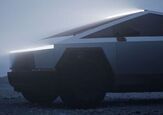

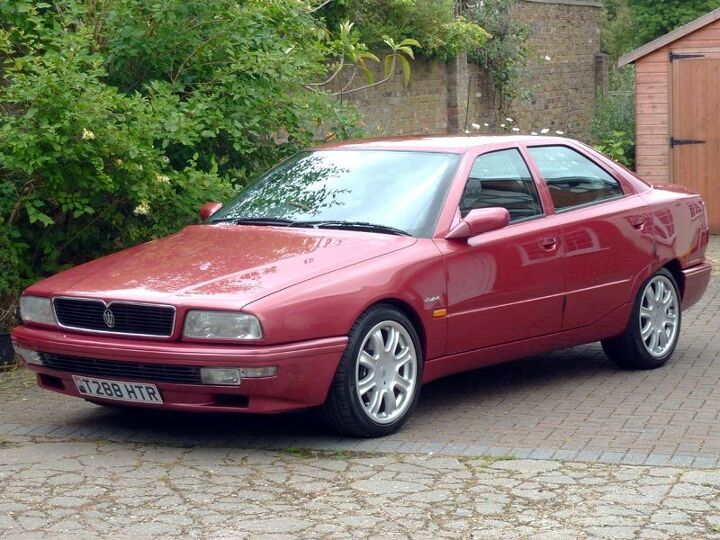















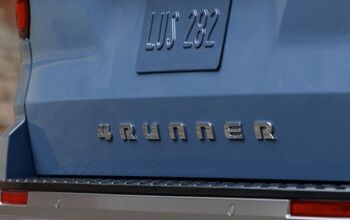
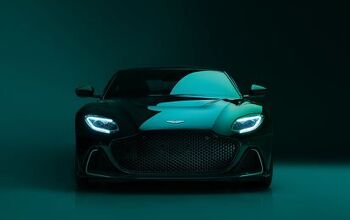
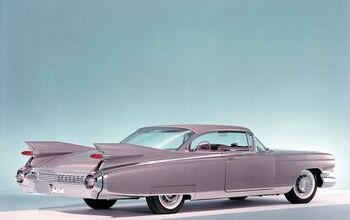
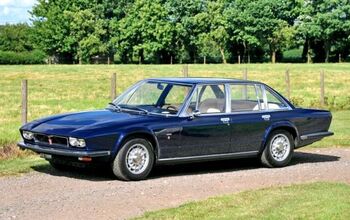
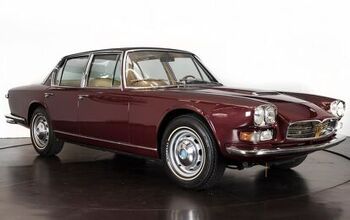
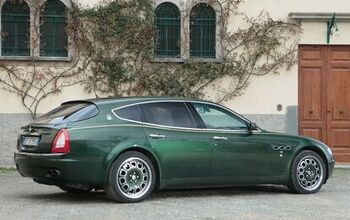
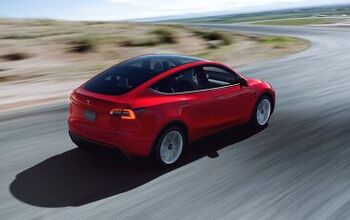
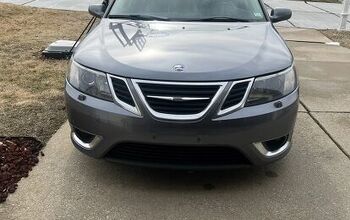
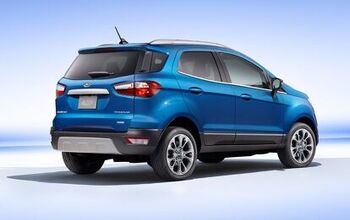

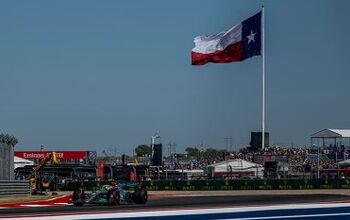
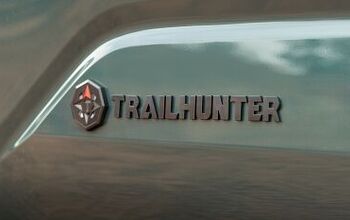
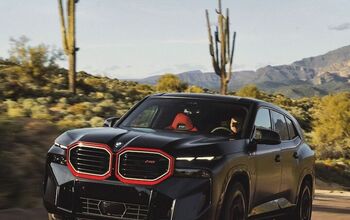
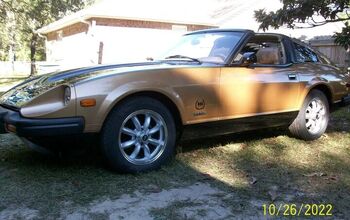
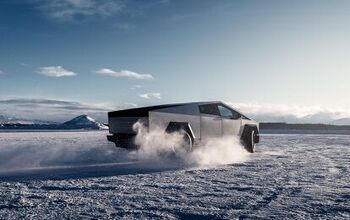

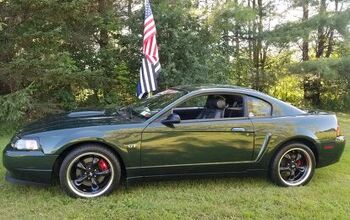
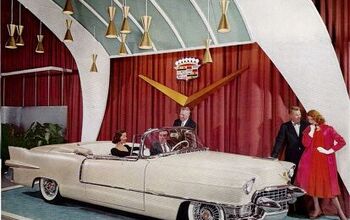
Comments
Join the conversation
From the back is anyone else reminded of an Acura?
Would love to know the story behind the orientation of that ignition key cylinder.